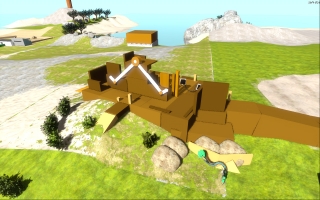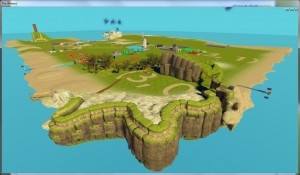Why can't video games give me a powerful, high-density experience, so that after 3 hours I am satisfied, I feel like I have had enough? Wouldn't that be cool?
A movie can give you a satisfying experience in 2 hours.
A painting or a sculpture can give you a satisfying experience in 10 minutes.
A song can give you a satisfying experience in 3 minutes.
What is it about certain kinds of linear-experience games that makes players feel they need to play them for hours upon hours in order to accrue a satisfying experience? If it really takes that long, doesn't that mean the medium is somehow deficient in important ways?
Gamers seem to praise games for being addicting, but doesn't that feel a bit like Stockholm syndrome? If you spend 20 hours playing a game, but the good parts could have been condensed into 3, then didn't you just waste 17 hours?
If you waste 17 hours a month for the rest of your life, what is the cost of that, socially, quality-of-life-wise, economically, or however else you want to measure?
I am not saying that all games should be short. Certainly there's a place for long-form games, just as there's a place for long-form TV shows like Deadwood or Lost. But if we lived in a world where all cinema had to be the length of Lost, and films like Inception were criticized by cinema fans, and given lower scores in reviews and such, for being too short... wouldn't that be perverse? Certainly the people in that world would be ignoring a big chunk of the potential of that medium, for arbitrary and weird reasons.
This post is part of an industry-wide commentary by indie developers on the subject of short games. Other participants:
Chris DeLeon
Dave Gilbert of Wadjet Eye Games
Matt Gilgenbach of 24 Caret Games
Michael Todd
Eitan Glinert of Fire Hose Games
Cliff Harris of Positech Games
Chris Hecker of Spy Party
Scott Macmillan of Macguffin Games
Noel Llopis
Peter Jones of Retro Affect
Lau Korsgaard
Martin Pichlmair of Broken Rules
Greg Wohlwend of Intution Games
Jeffrey Rosen of Wolfire
Steve Swink










